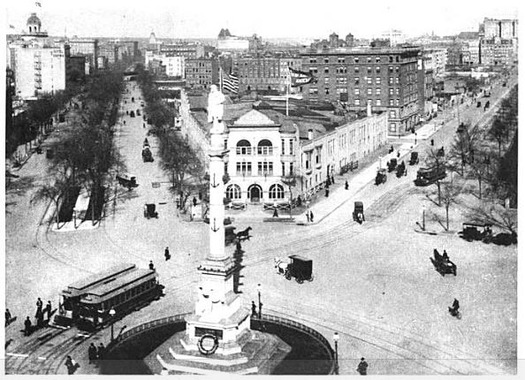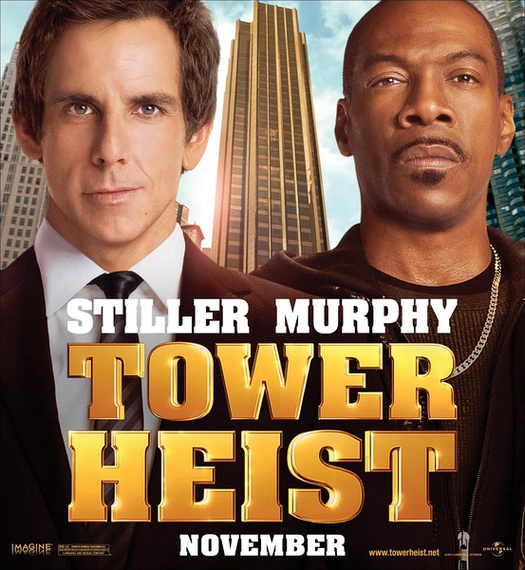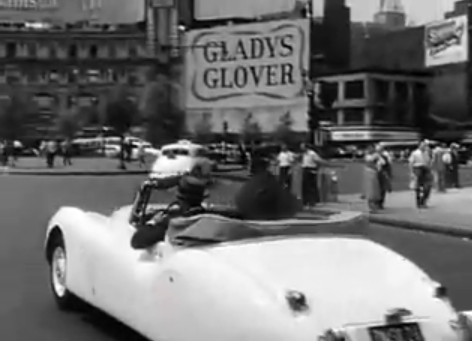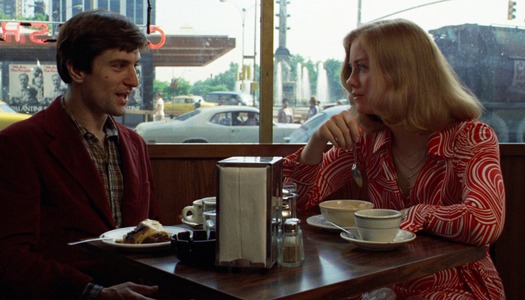

Left: Columbus Circle, around 1900. Right: Firemen putting out the blaze in The Burning of Durland's Riding Academy (1902).
On a February afternoon in 1902, a blaze of suspicious origin enveloped Durland's Riding Academy, a condemned equestrian center adjacent to Central Park on Columbus Circle. Men in top hats watched and horse-drawn carriages drove by as firemen hosed off the burning building. The scene was captured by Thomas Edison's film production company, and you can watch it today online, accompanied by a jaunty score. It may not be the first architectural disaster film shot in New York, but it is surely among the earliest.
The film came to mind last week, as I sat through the caper flick Tower Heist, which is set on the very same corner of Columbus Circle in New York City, but a century later. What was once Durland's Riding Academy has now become "The Tower," a glossy golden shaft that is in reality the Trump International Hotel and Tower. If the two films share anything, beyond their location, it is that they both feed on that somewhat lurid desire for spectacle that is within all of us.

Trump's tower, of course, is a spectacle in itself, a cartoon of luxury architecture that makes it an ideal setting for a Ponzi-scheming Wall Street financier modeled rather transparently on Bernie Madoff. (In advertisements, the gold tone is pumped up, making it look even more cartoonish.) As I write in an essay for the Times, the tower was not always so ostentatious. It was originally the rather banal Gulf + Western Plaza (1969), an office tower notorious for swaying in the wind. Conversion to luxury living under the Trump banner began in 1994, with Philip Johnson as principal architect. The real Madoff, it's worth noting, made his headquarters in Johnson's kitschy Lipstick Building, on Lexington Avenue.
Director Brett Ratner and his production team treat the residence of their villain with a kind of adoration, the camera oggling it gratuitously from every angle. The art-filled interiors were so handsomely composed (on a Brooklyn soundstage), that they warranted a feature in Architectural Digest. It's easy to pick on Shaw, the scoundrel fraudster, but the film doesn't seem to have much to say about the sytem by which he enriched himself, or its architectural symbol. Compare this to the terror-suffused scenes at the palatial manor of milkshake drinking Daniel Plainview at the end of There Will Be Blood, or, going back further, to the fog-shrouded Xanadu of Charles Foster Kane ("cost: no man can say"), still the ultimate cinematic realization of empty wealth. Perhaps not the fairest of comparisons, but you get the point.

As it is, Columbus Circle's central location has made it a frequent locus for cinematic attention grabbers. In It Should Happen to You, of 1954, a fame-seeking model/actress by the name of Gladys Glover (Judy Holliday), erects a bilboard looking over the circle with her name on it to drum up business. As James Sanders writes in Celluloid Skyline, "New York is a city of crowds, of course, but it is also an instrument by which certan individuals distinguish themselves from the crowd, commanding the attention of everyone else." A half century later, Trump demanded that his name be plastered across his tower in letters so large that Johnson all but walked off the job. Life imitates art.

The most cinematically memorable of Columbus Circle's attention seekers, though, is probably Taxi Driver's Travis Bickle, who plots the assassination of Senator Charles Palatine at a rally in the circle, and otherwise spends much time there trying to pick up a blonde campaing staffer played by Cybill Shepherd.

Gladys Glover, Travis Bickle, Arthur Shaw—all deranged in their own way, but none quite so nefarious as the Stay Puft Marshallow Man. Also, none quite so sweet.
